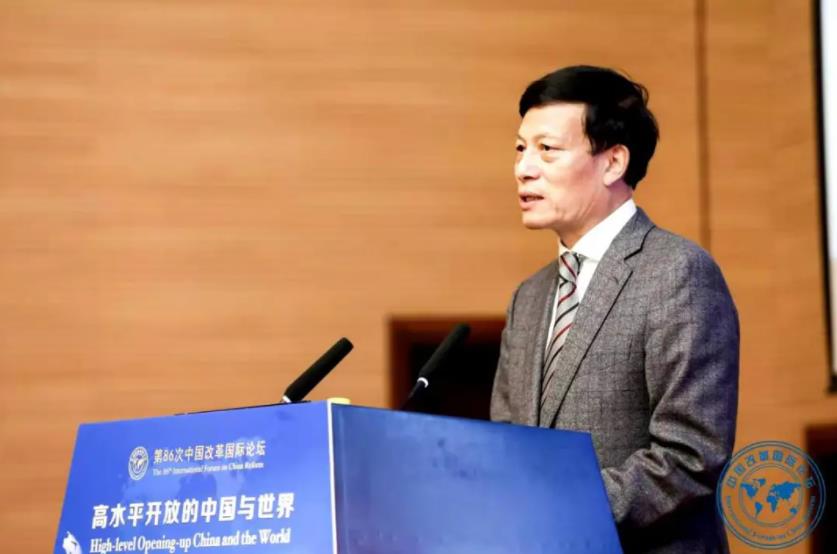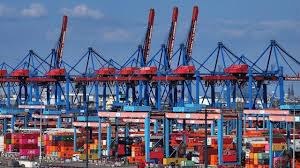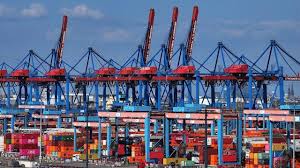Strong vitality of Belt and Road Initiative wins wide praise

Beijing: As the world faces the combined impacts of changes unseen in a century and the COVID-19 pandemic, the BRI has demonstrated strong vitality and creativity and will continue to provide impetus for the global economic recovery and contribute to global sustainable development, observers said.
Xie Fuzhan, president of the Chinese Academy of Social Sciences, said that Belt and Road construction, which aims for the common development and prosperity of all, has brought concrete benefits to countries and regions along the routes.
The outcomes in the past eight years have shown that the BRI conforms to the trend of the times, the law of development and the interests of all countries, thus enjoying broad prospects, Xie said at a seminar in September.

Statistics from the Ministry of Commerce show that from 2013 to 2020, the trade volume of goods between China and countries participating in the BRI surpassed $9.2 trillion. China’s direct foreign investment to participating countries reached $136 billion, and 330,000 local jobs were created by BRI programmes invested in by Chinese companies.
“Thanks to the BRI, East Africa now has its first motorway, the Maldives has built its first inter-island bridge, Kazakhstan is connected to the sea, Southeast Asia is constructing a high-speed railway, and the Eurasian (region) is benefiting from the longest-distance freight train service,” Cong Peiwu, the Chinese ambassador to Canada, said in June.
The fruitful results reflect President Xi’s comments at a welcoming banquet in honor of guests attending the first Belt and Road Forum for International Cooperation in 2017.
“The Belt and Road Initiative embodies our shared dream for a better life. The initiative weaves into a common vision the dreams of different countries and peoples. We will work to translate this vision into reality and deliver greater happiness and well-being to our people,” Xi said.
Despite the pandemic, China’s non-financial outbound direct investment in 58 countries participating in the BRI rose 18.3 percent to $17.79 billion in 2020, and none of the key projects involved in the BRI have been suspended due to COVID-19, according to Chinese authorities.
The Belt and Road is also being developed into a model of health for protecting people’s safety and well-being, as BRI participant countries helped each other to effectively alleviate the shortage of medical supplies amid the pandemic.
As of May, China has offered anti-pandemic assistance to more than 120 BRI partners and provided vaccines to more than 90. The China-Europe freight train, an important part of the BRI, had transported a total of 11.05 million items of medical material as of the end of March, according to the Foreign Ministry.
Xu Xiujun, a researcher at the Chinese Academy of Social Sciences’ Institute of World Economics and Politics, said that the principles for BRI cooperation, openness, inclusiveness and transparency, and of extensive consultation, joint contribution and shared benefits, have been highlighted amid the pandemic.
“Countries are increasingly aware that mankind is a community with a shared future, and the BRI is one of the important platforms to build this community,” Xu said.
As President Xi has said on various occasions, the BRI is a public road open to all, and all interested countries are welcome to cooperate and share in its benefits.
Speaking via video link at the opening ceremony of the Boao Forum for Asia Annual Conference in April, Xi said that going forward, China will continue to work with other parties in high-quality Belt and Road cooperation.
“We will follow the principles of extensive consultation, joint contribution and shared benefits, and champion the philosophy of open, green and clean cooperation, in a bid to make Belt and Road cooperation high-standard, people-centered and sustainable,” he said.
Luo Zhaohui, chairman of the China International Development Cooperation Agency, said that China’s foreign aid will make new contributions to the joint construction of the Belt and Road.
China’s international development cooperation will continue to give priority to the countries involved in the BRI and provide stronger impetus, greater space and better paths for Belt and Road construction so as to make it an important “propeller” for global sustainable development, Luo said at the Sustainable Development Forum 2021 on Sept 27.
Nadia Helmy, a political science professor at Egypt’s Beni-Suef University and an expert on Chinese politics, told CRI Online that, through the BRI, China is providing a new way for realizing international business prosperity and deepening regional cooperation, thus making the process of globalization more inclusive.
The BRI is an epoch-making initiative and a path to win-win cooperation, she said.
It may be mentioned here that on Oct 3, 2013, President Xi Jinping proposed building the 21st Century Maritime Silk Road during a speech at the Indonesian parliament. month earlier, he had put forward the strategic framework for building the Silk Road Economic Belt.
The Belt and Road Initiative, as the two together are known, has become the most well-received international public good and the largest platform for international cooperation over the past eight years. As of Aug 23, more than 200 cooperation agreements with 172 countries, regions and organizations have been signed under the BRI framework.





